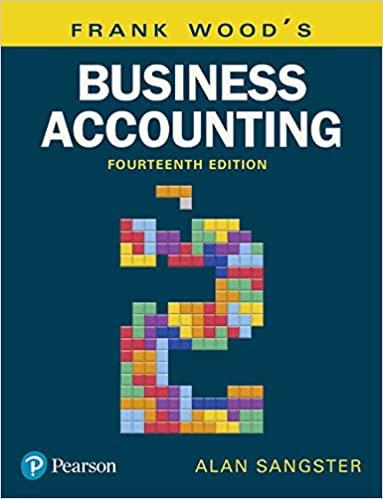Question
Mrs Eliza Doolittle, who is well-known to followers of Ascot horse races, has reached her seventieth birthday and is ready to retire. Mrs. Doolittle has
Mrs Eliza Doolittle, who is well-known to followers of Ascot horse races, has reached her seventieth birthday and is ready to retire. Mrs. Doolittle has no formal training in finance but has saved her money and invested carefully. She has accumulated savings of $180,000, conservatively invested. The investments are yielding 9 percent interest annual compounding (interest is paid at year-ends, first interest to be received in one year). Mrs. Doolittle also has $12,000 in a savings account that pays 5 percent interest annual compounding (interest is paid at year-ends, first interest to be received in one year). She wants to keep the savings account intact for unexpected expenses or emergencies. Therefore, the savings account balance should not change over time. Mrs. Doolittle's basic living expenses are about $18,000 per year (to be paid at year-ends, first payment in the amount of $18,000 in one year), and she plans to spend $6,000 per year (to be paid at year-ends, first payment in the amount of $6,000 in one year) on shopping and hobbies. Mrs. Doolittle will also receive $9,000 per year in social security payments to be received at year-ends (first payment in the amount of $9,000 to be received in one year) for the rest of her life. These payments are indexed for inflation. That is, they will be automatically increased in proportion to changes in the consumer price index. Mrs. Doolittle's main concern is with inflation. Her social security payments will increase with inflation, but the interest on her investment portfolio and savings account will not (the investment portfolio will continue to yield a 9 percent rate of return, and the savings account will continue to yield a 5 percent rate of return ). Suppose Mrs. Doolittle will live for 20 more years and is willing to use up all of her investment portfolio over that period.
a. Assume that expected inflation is zero. Is her annual income enough to pay her constant annual expenses. b. Assume that the expected inflation rate is 4 percent. Mrs. Doolittle wants to keep the real value of withdrawals from her investment account constant. Based on that, how much could she withdraw from her investment account one year from today. c. Assume that the expected inflation rate will be 4 percent. Mrs. Doolittle wants to keep the real value of withdrawals from her investment account constant. Further assume that Mrs. Doolittle wants her annual spending to increase along with inflation over the next 20 years. In other words, her annual spending will stay the same in real terms. Finally, assume that Mrs. Doolittle wishes to maintain the real value of her savings account constant at $12,000. Based on this, how much can she afford to spend in nominal terms one year from today and two years from today?
Step by Step Solution
There are 3 Steps involved in it
Step: 1

Get Instant Access to Expert-Tailored Solutions
See step-by-step solutions with expert insights and AI powered tools for academic success
Step: 2

Step: 3

Ace Your Homework with AI
Get the answers you need in no time with our AI-driven, step-by-step assistance
Get Started


